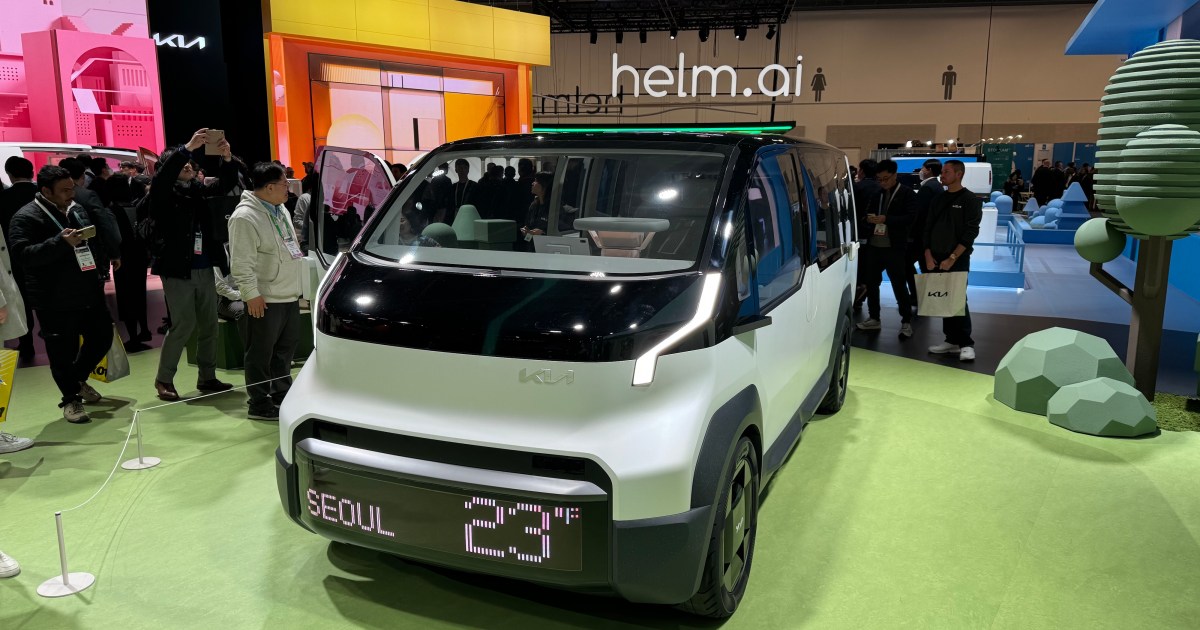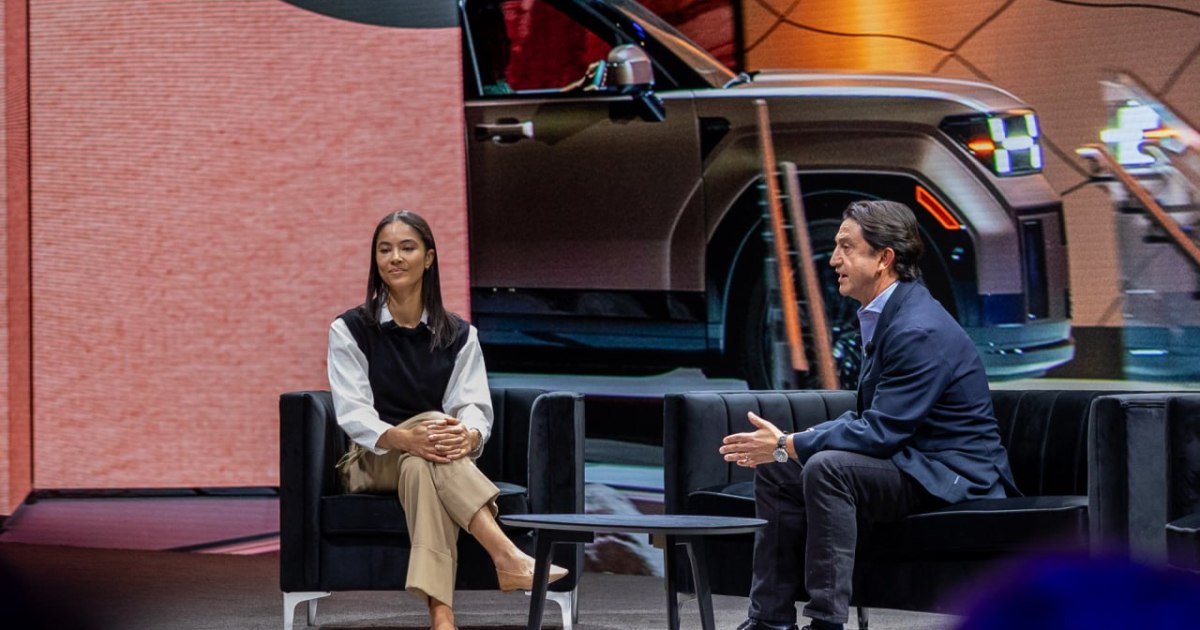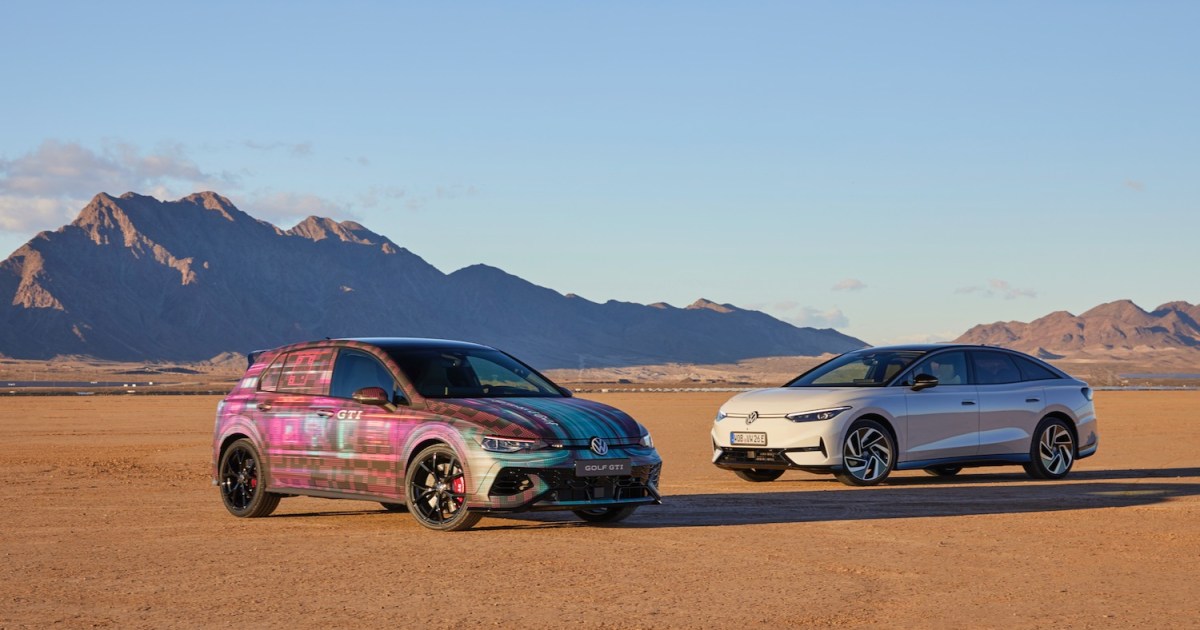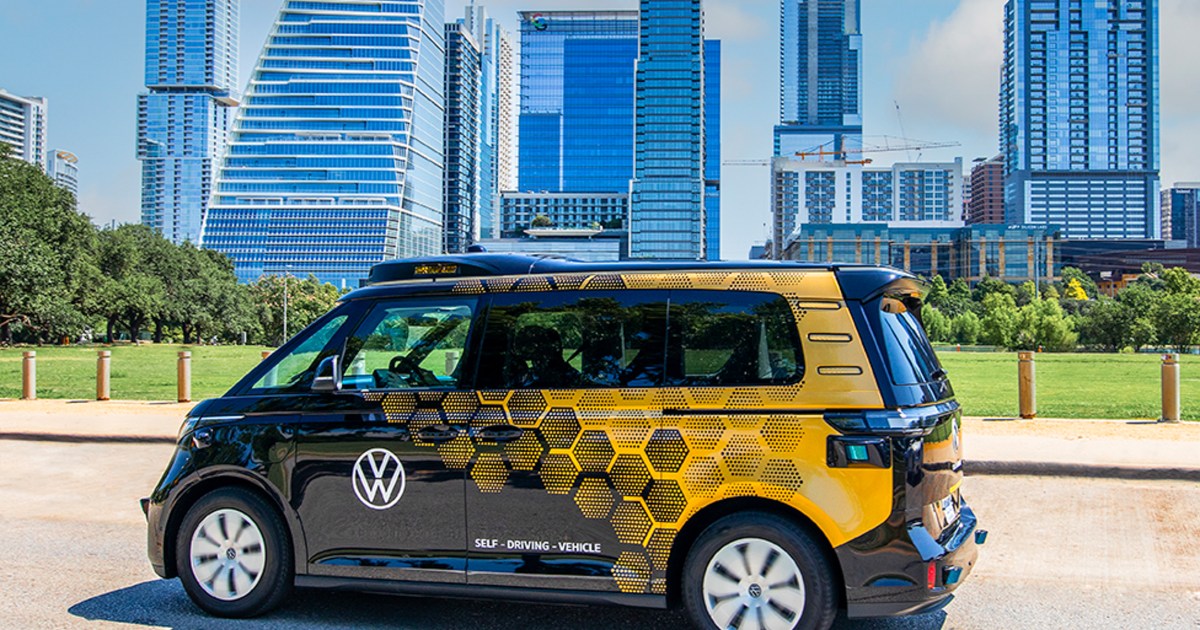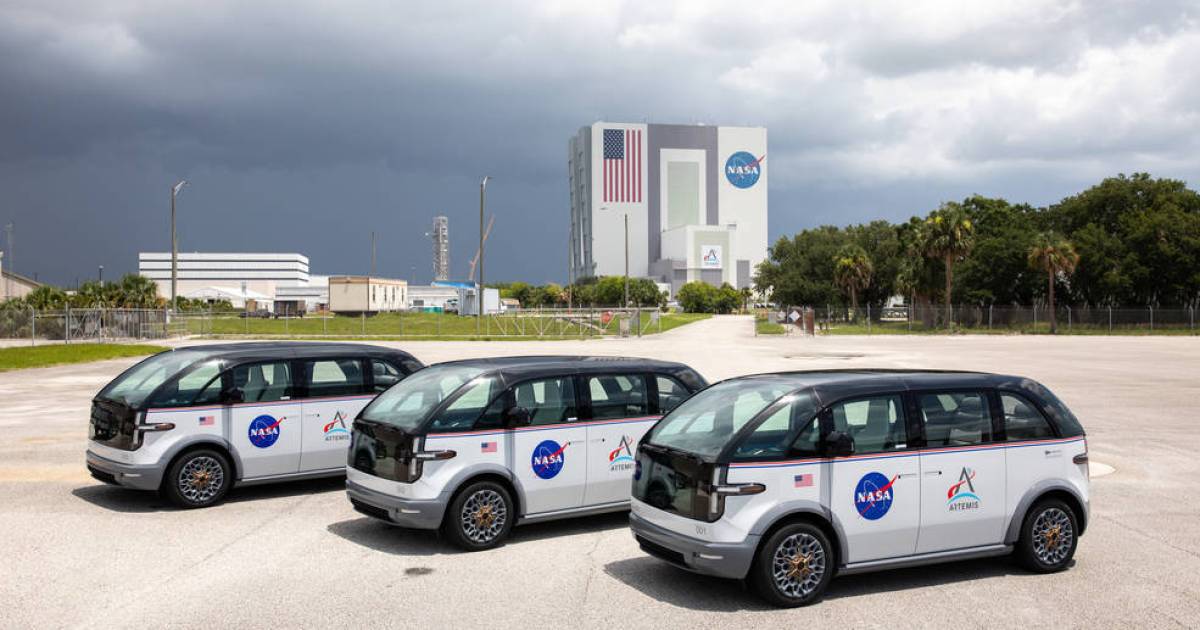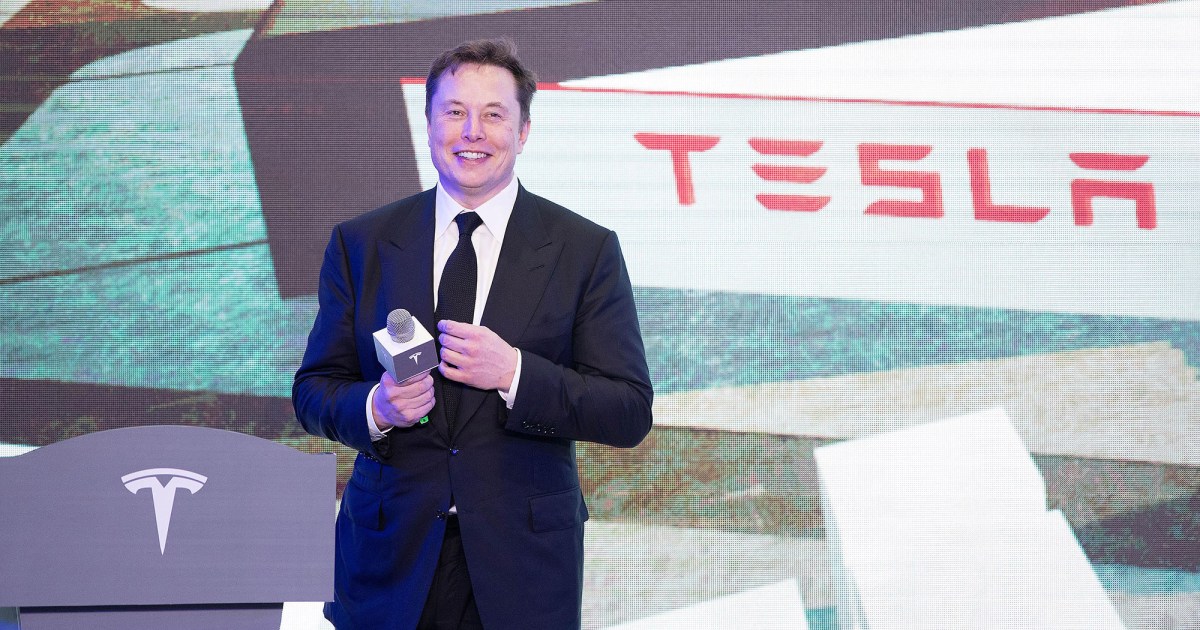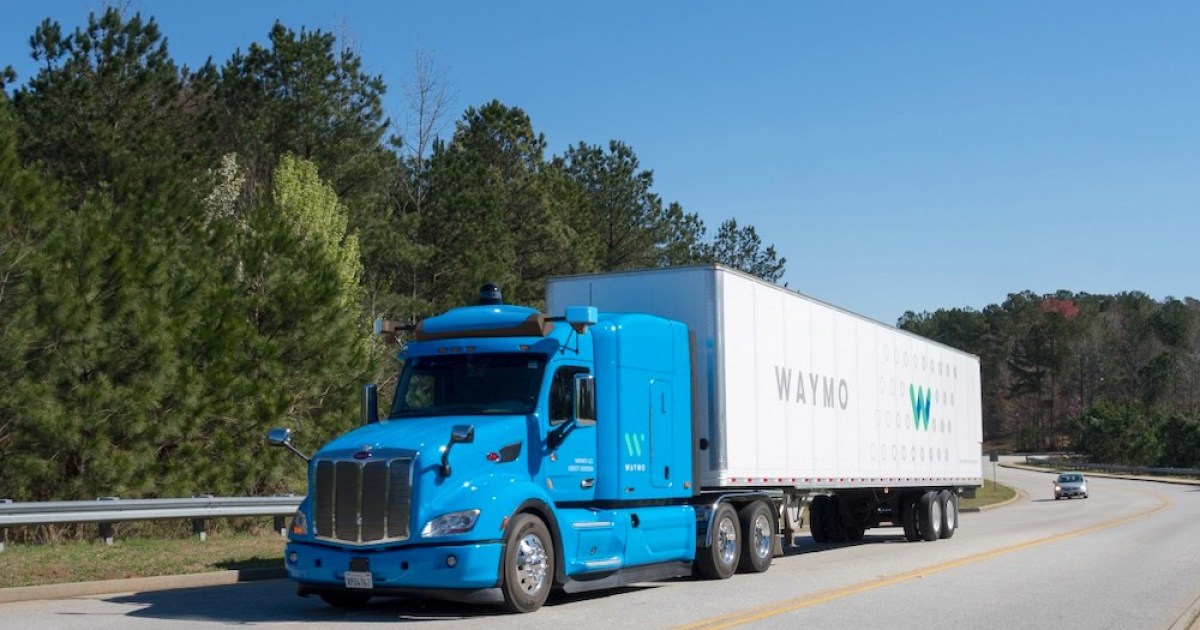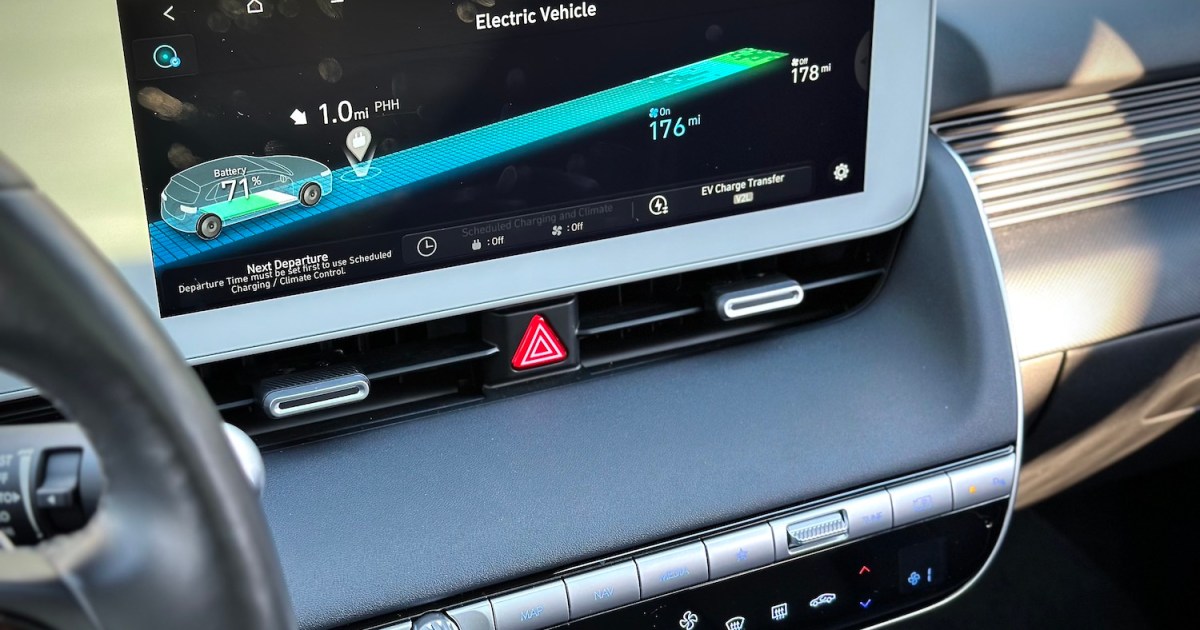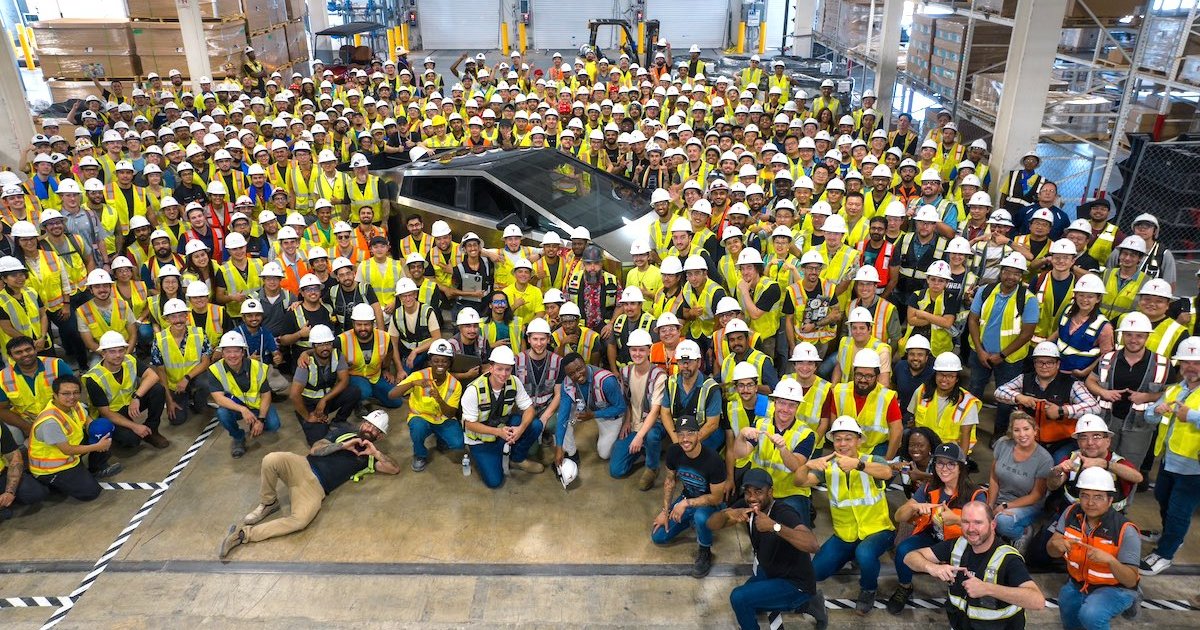Kia is pioneering a new era of electric vehicle (EV) adaptability with its Platform Beyond Vehicle (PBV) strategy. This innovative approach centers around modular EVs that can be easily reconfigured for diverse applications, from personal cars and taxis to delivery vehicles and autonomous ride-hailing services. First unveiled at CES 2024, the PBV strategy showcases Kia’s vision for the future of transportation.
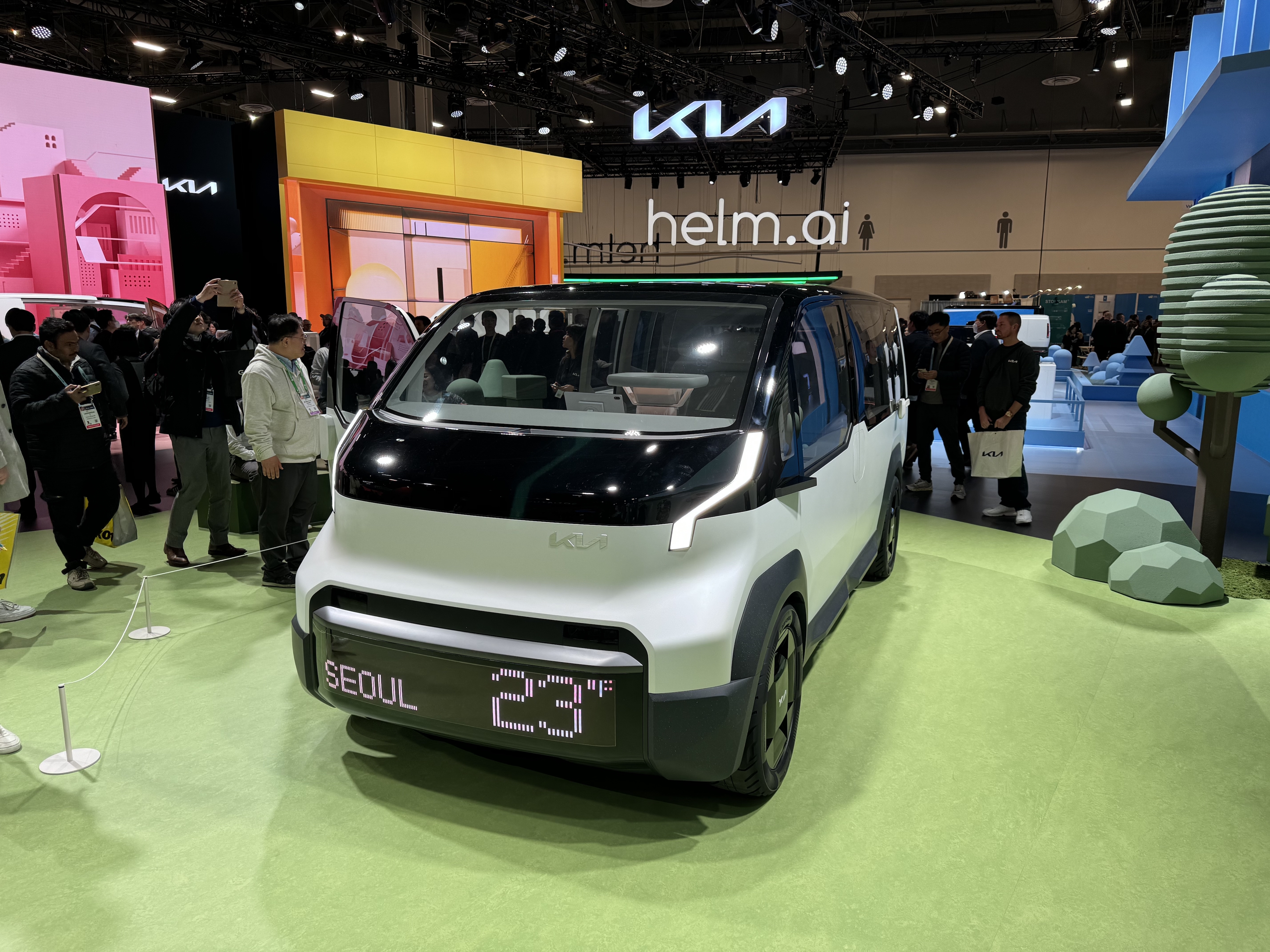 Kia PV5 concept car.
Kia PV5 concept car.
The Modular Foundation: Interchangeable “Life Modules”
The core of the PBV system lies in its modular platform. A fixed cab forms the base, while the bodywork behind it, termed the “life module,” is interchangeable. This allows a single vehicle to seamlessly transition between roles, serving as a family car one day and a delivery van the next. This concept builds upon Kia’s initial announcement of the PBV strategy in April 2023, although the acronym then stood for “Purpose-Built Vehicle.”
These “life modules” connect to the chassis using electromagnetic and mechanical couplings. Designed for easy assembly, they are shipped as kits and can be configured outside of a traditional factory setting. Kia emphasizes features like large doors for easy entry and exit, highlighting the spacious flat floor created by the EV platform, ideal for cargo storage.
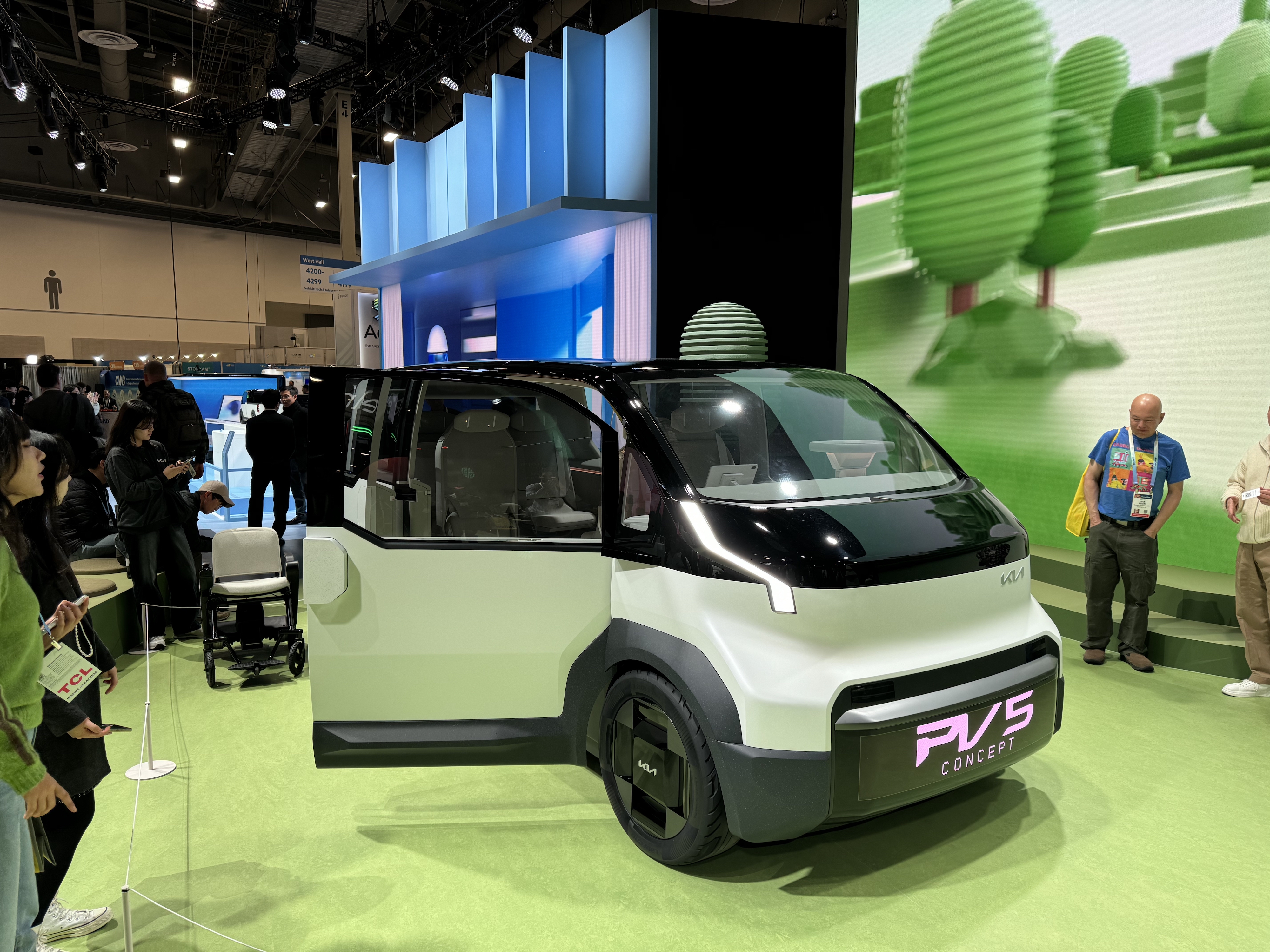 Kia PV5 concept car.
Kia PV5 concept car.
The Kia PV5 and Beyond: A Family of Adaptable EVs
The Concept PV5, showcased at CES, provides a glimpse into the first PBV production model. Kia envisions offering diverse configurations, including basic, van, high-roof, and chassis cab versions. A self-driving variant is also planned for integration with Motional, an autonomous ride-hailing service born from a partnership between Kia’s parent company, Hyundai, and autonomous driving technology firm Aptiv.
Following the PV5, Kia intends to introduce the larger PV7 and the smaller PV1. A dedicated factory in Hwaseong, South Korea, slated to open in 2025, will produce these vehicles, with a projected annual capacity of 150,000 units.
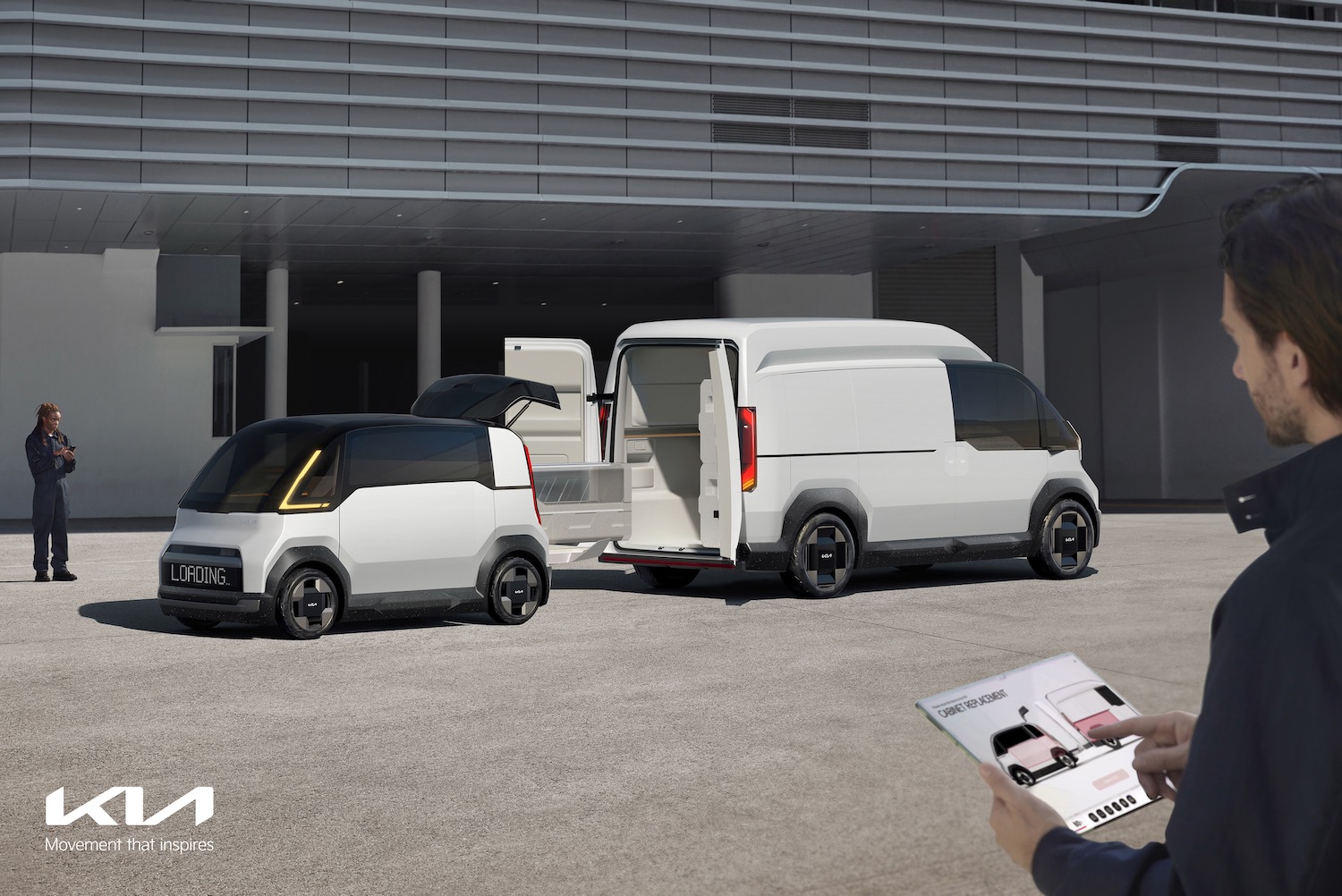 Kia Concept PV1 (left) and Concept PV5 (right) parked back to back.
Kia Concept PV1 (left) and Concept PV5 (right) parked back to back.
An Ecosystem of Accessories and Software: Enhancing Versatility
Beyond the vehicles themselves, Kia aims to cultivate an aftermarket ecosystem of accessories. These accessories can be mounted on a standardized rail system integrated into the vehicles’ ceiling, floor, and side panels. This system can accommodate a wide array of additions, from cabinets and shelves to speakers. Kia plans to collaborate with conversion shops globally to facilitate installation.
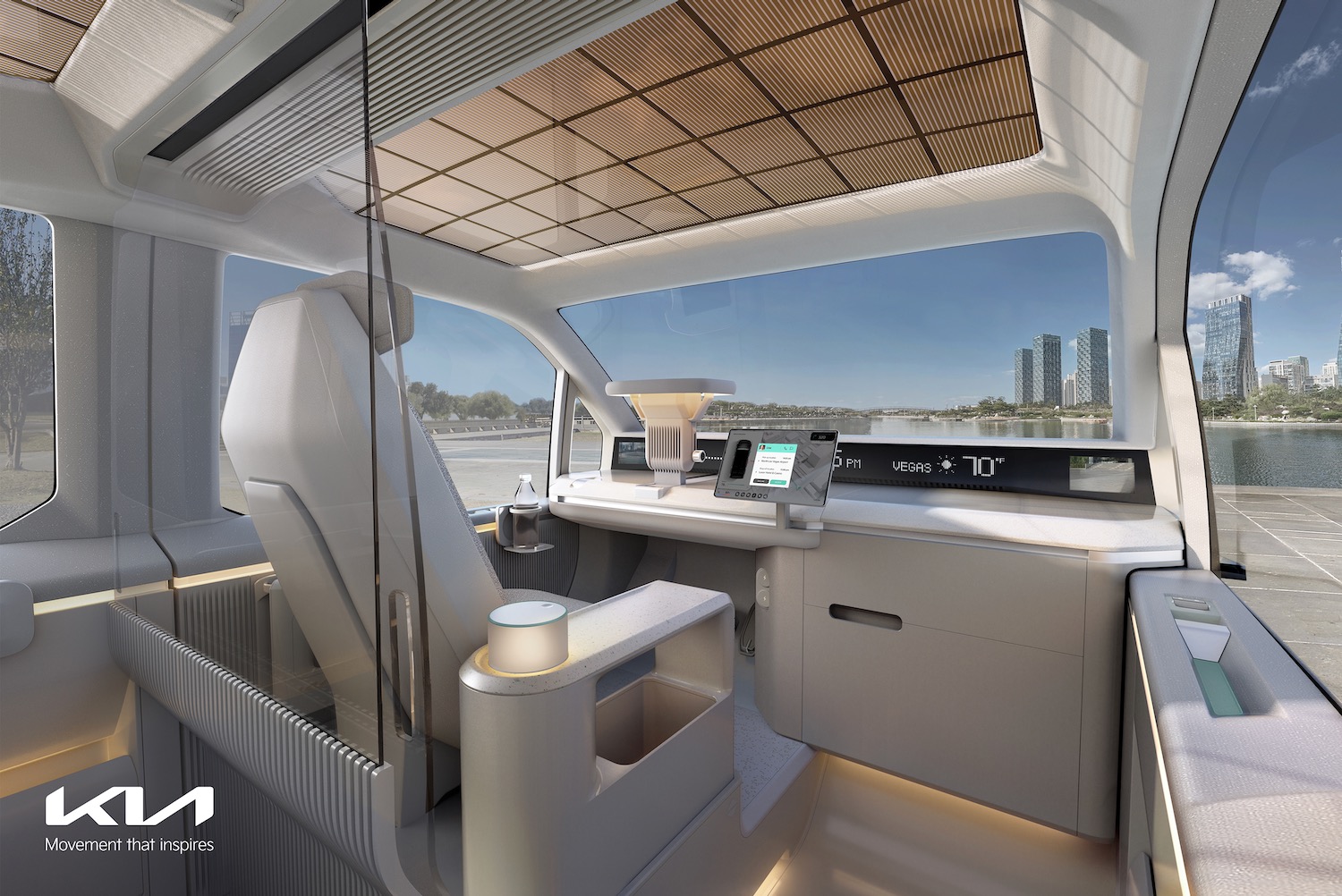 Interior of a Kia Concept PV5.
Interior of a Kia Concept PV5.
Furthermore, Kia will offer software bundles, including fleet management systems tailored for commercial operators who are likely to utilize PBVs for delivery, taxi services, and autonomous ride-hailing.
A New Paradigm for Mobility: The Future of Purpose-Built EVs
Kia’s PBV strategy, with its multiple body styles, third-party accessory integration, and fleet management software, draws inspiration from the commercial van market. This approach offers a more efficient and adaptable solution for the future of delivery and ride-hailing services, compared to the current reliance on a mix of sedans and SUVs.
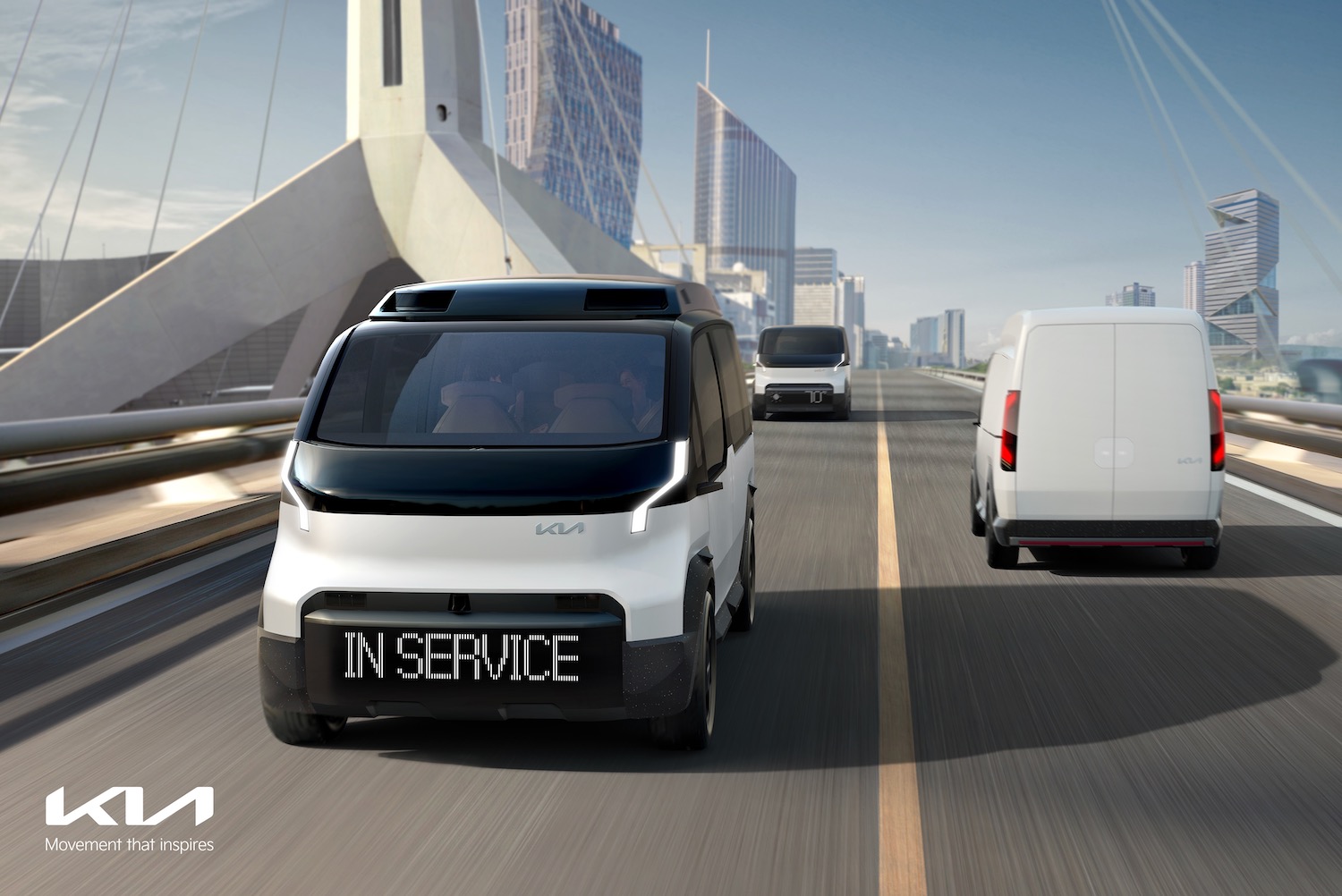 Kia Concept PV5 EVs on the road.
Kia Concept PV5 EVs on the road.
Kia’s innovative PBV approach promises to reshape the landscape of electric mobility, offering a versatile and adaptable solution for a variety of transportation needs.



